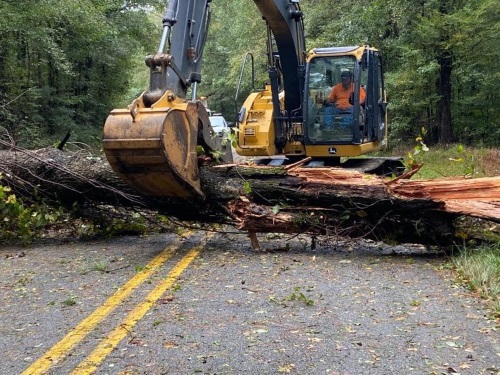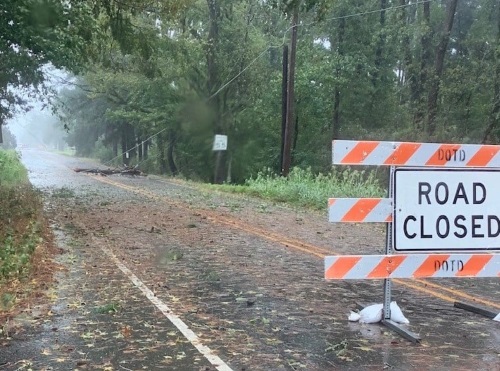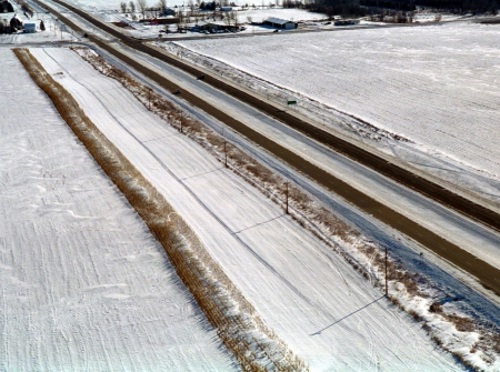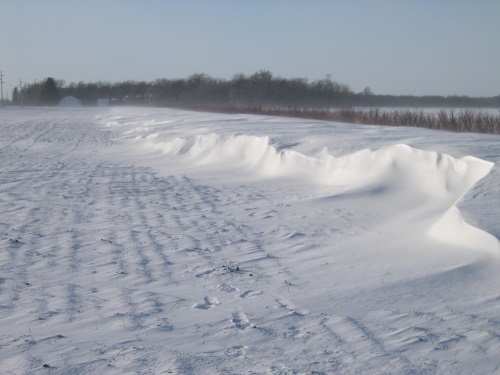FEDERAL ACTION
Senate Committee Leaves AV Bill out of Transportation Package – AASHTO Journal
AASHTO Co-Signs Letter Urging Action on Surface Reauthorization – AASHTO Journal
Schumer vows to only pass infrastructure package that is ‘a strong, bold climate bill’ – The Hill
11 GOP senators back bipartisan infrastructure plan, boosting its chances of moving forward – CNBC
GOP, Democrats trade places on drivers paying for infrastructure – Bloomberg
What Over 400 Local Leaders Want to See in an Infrastructure Deal – Route Fifty
COVID-19
COVID-19: TSA Could Better Monitor Its Efforts to Reduce Infectious Disease Spread at Checkpoints – GAO
Research finds links between air quality and COVID vulnerability: UCLA – KTTV-TV
Alcohol-involved Utah traffic deaths doubled during pandemic – AP
Innovating airports for post pandemic resilience – Aerospace Manufacturing
NEPA
Analysis: Biden may hinder oil and gas drilling even after court loss – Reuters
INFRASTRUCTURE RESILIENCE AND SUSTAINABILITY
A Little More Remote Work Could Change Rush Hour a Lot – New York Times
Louisiana steers federal money to infrastructure upgrades – AP
House passes bills to expedite airport upgrades, improve notams – AOPA
Reframing strategic, managed retreat for transformative climate adaptation – Science Magazine
AIR QUALITY
Vermont is in wait and see mode on the Transportation and Climate Initiative. Will it join in full? – Bennington Banner
Committee Moves Transportation Emissions, School Recycling and Environmental Justice Bills to Full Senate – ecoRI News
OCTA takes another step toward transitioning to zero-emission buses – Orange County Transportation Authority (Press release)
ENVIRONMENTAL JUSTICE
Milwaukee Aims to Fight Disparities, Reduce Emissions With All-Electric Bus Line – Up North News
Bulldozed and bisected: Highway construction built a legacy of inequality – NBC News
Introducing the Transit Equity Dashboard – TransitCenter
NATURAL RESOURCES
Las Vegas pushes land swap to balance growth, conservation – AP
More than noise: Cicadas cause car trouble, AAA warns – WHBQ-TV
North Carolina set to exceed a record amount of roadside litter collection, NCDOT says – WXII-TV
CULTURAL RESOURCES
Improv theater training is helping a once-hidebound transit agency learn to work smarter. It’s a trend that’s catching on. – Philadelphia Inquirer
HEALTH AND HUMAN ENVIRONMENT/ACTIVE TRANSPORTATION
Grand Rapids grows micromobility pilot with more e-scooters, bikes – Grand Rapids Business Journal
Burlington airport exhibit takes aim at stigma of mental illness – WVNY-TV
Former West Virginia railroad designated as national trail – AP
NY running campaign to promote pedestrian safety – WTEN-TV
City Seeks Input on Downtown “People Powered” Transportation – Fullerton Observer
Less driving = better lives – Commonwealth (Op-ed)
TRB RESOURCES/ANNOUNCEMENTS
TRB Annual Meeting Will Be an In-person Event in 2022 – TRB
TRB Webinar: Addressing Justice in Transportation – TRB
Building Socioeconomic Equity Through Transportation Research – TRB (Blog)
FEDERAL REGISTER NOTICES
National Hazardous Materials Route Registry – Federal Motor Carrier Safety Administration (Notice; revisions to the listing of designated and restricted routes for hazardous materials)
Takes of Marine Mammals Incidental to Specified Activities; Taking Marine Mammals Incidental to the Relocation of the Port of Alaska’s South Floating Dock, Anchorage, Alaska – NOAA (Notice; proposed incidental harassment authorization; request for comments on proposed authorization and possible Renewal)




